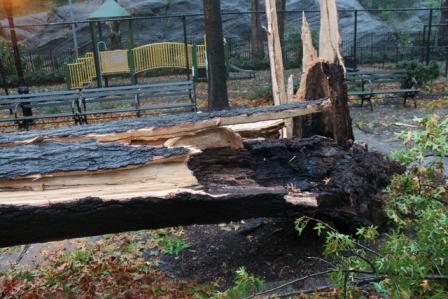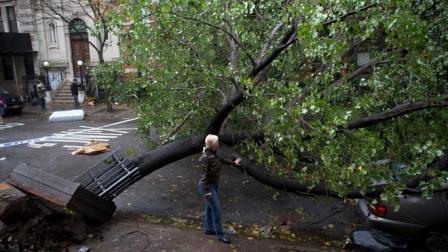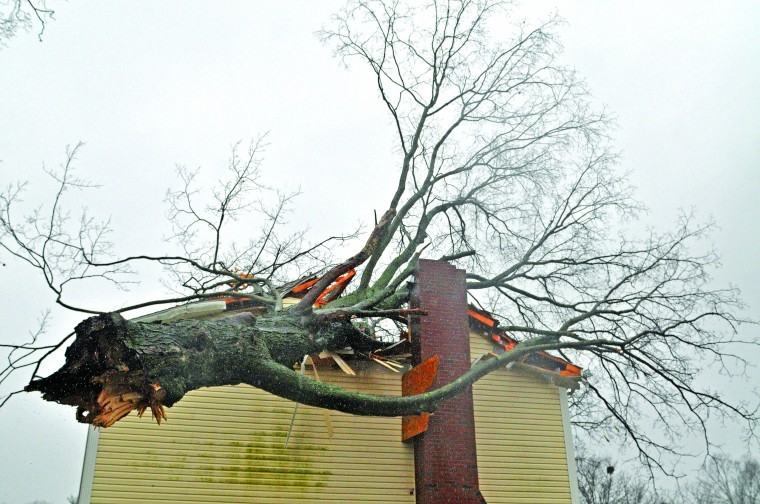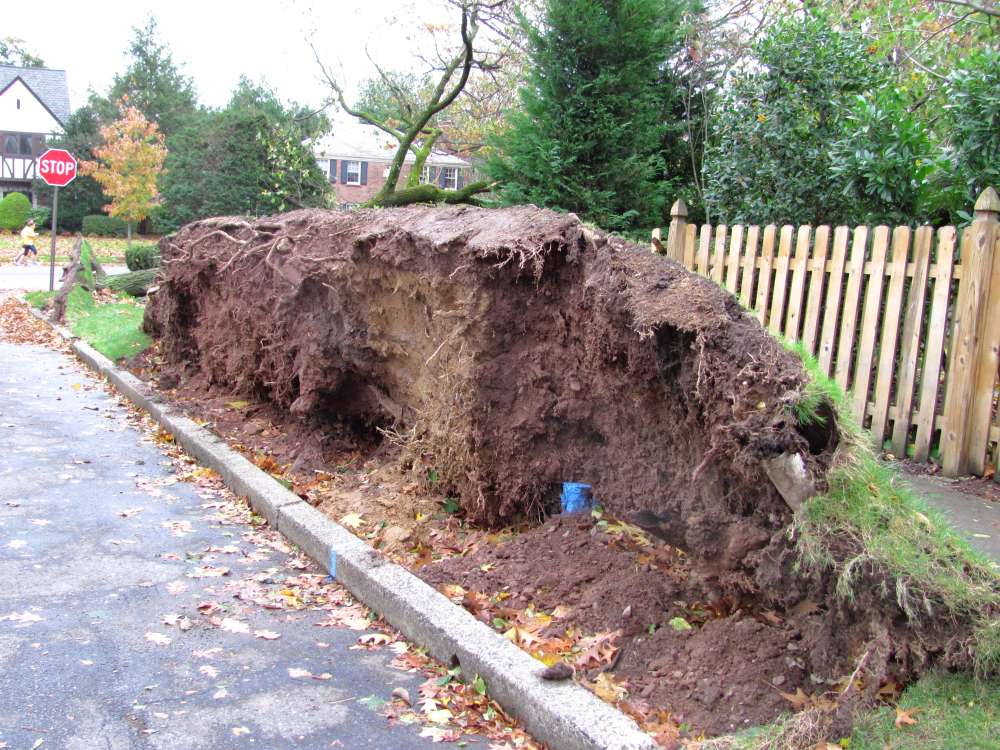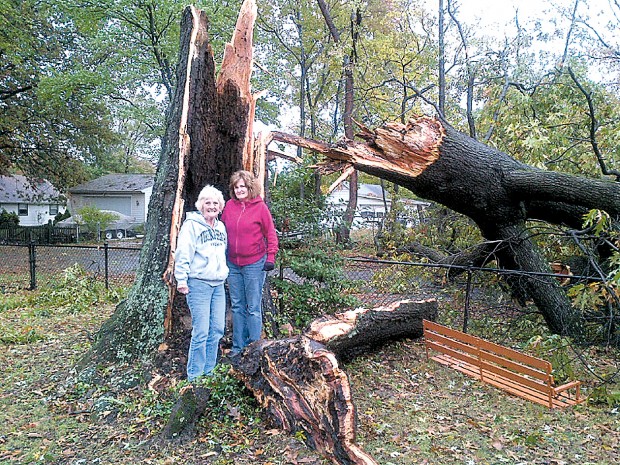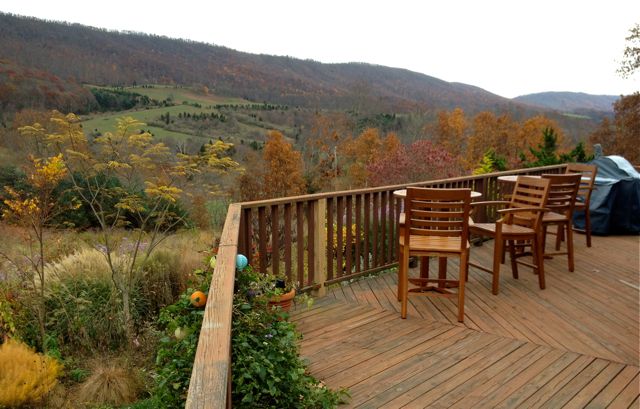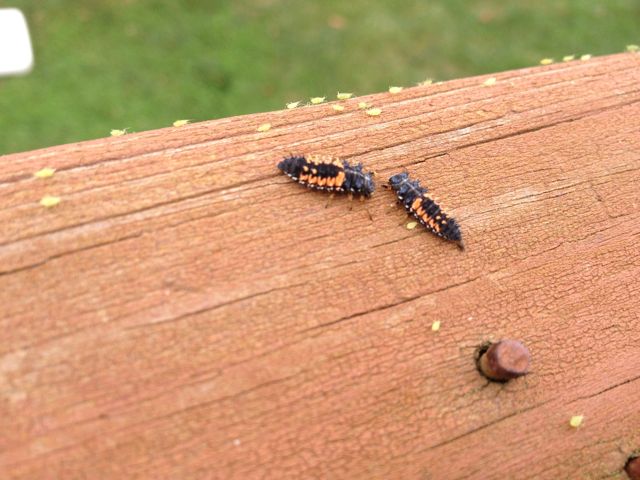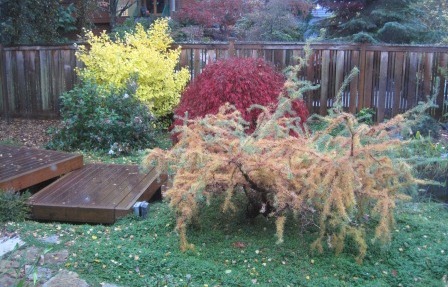
It was a dark and stormy Wednesday night.
Joel opened the porch door and whispered “you’ve got to come see this.” He’d taken the dogs out for their 9:00 p.m. constitutional, and there was apparently some excitement under the old apple tree.
“There’s a possum, and I think she’s playing dead.”
I grabbed the flashlight and hustled out. Got around the corner to the tree, and sure enough, there was a rather large blob of silver and white mammal.
But as I got closer, my heart sank.
She was curled up, head askew, front leg sticking out at an odd angle. Lips (?) pulled back , teeth and gums bared in a terrible grimace, tongue hanging out the side. I shined the flashlight right into her eyes. No movement, no pupil dilation. Being from a farm in Georgia, I claim the most possum and raccoon experience. Thus, my verdict. Deader than a doornail. Which made me sad.
“Aargh. Thanks. Now I’m upset. Guess she got hit by a car and made it this far before expiring. Could you put her out at the end of the garden? The soil’s pretty soft there.”
Joel apologized and went to get the shovel. I scuffed back inside to finish the dishes, feeling awful for the little critter. Thanks to our impenetrable hen stockade, we live in pretty good harmony with our country cousins, and hate to see harm come to them.
Ten minutes later, Joel was back at the door, shovel in hand.
“Um, I think it was faking.”
“No way. That possum was graveyard dead.”
“Well…it seemed to be o.k. enough to be sitting up and eating an apple.”
We hiked back out to the tree – no possum to be found. My wildlife cred was blown.
“Looks like she was playing possum” I offered, helpfully.
Joel muttered “But I just dug a three-foot-deep hole.”

